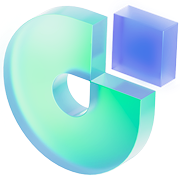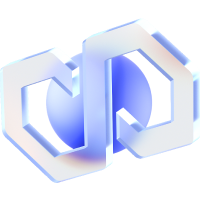Ethereum’s Testnets Explained [2024] Holešky, Goerli, Sepolia, and More

Kevin Dwyer
November 9, 2023
7 min read
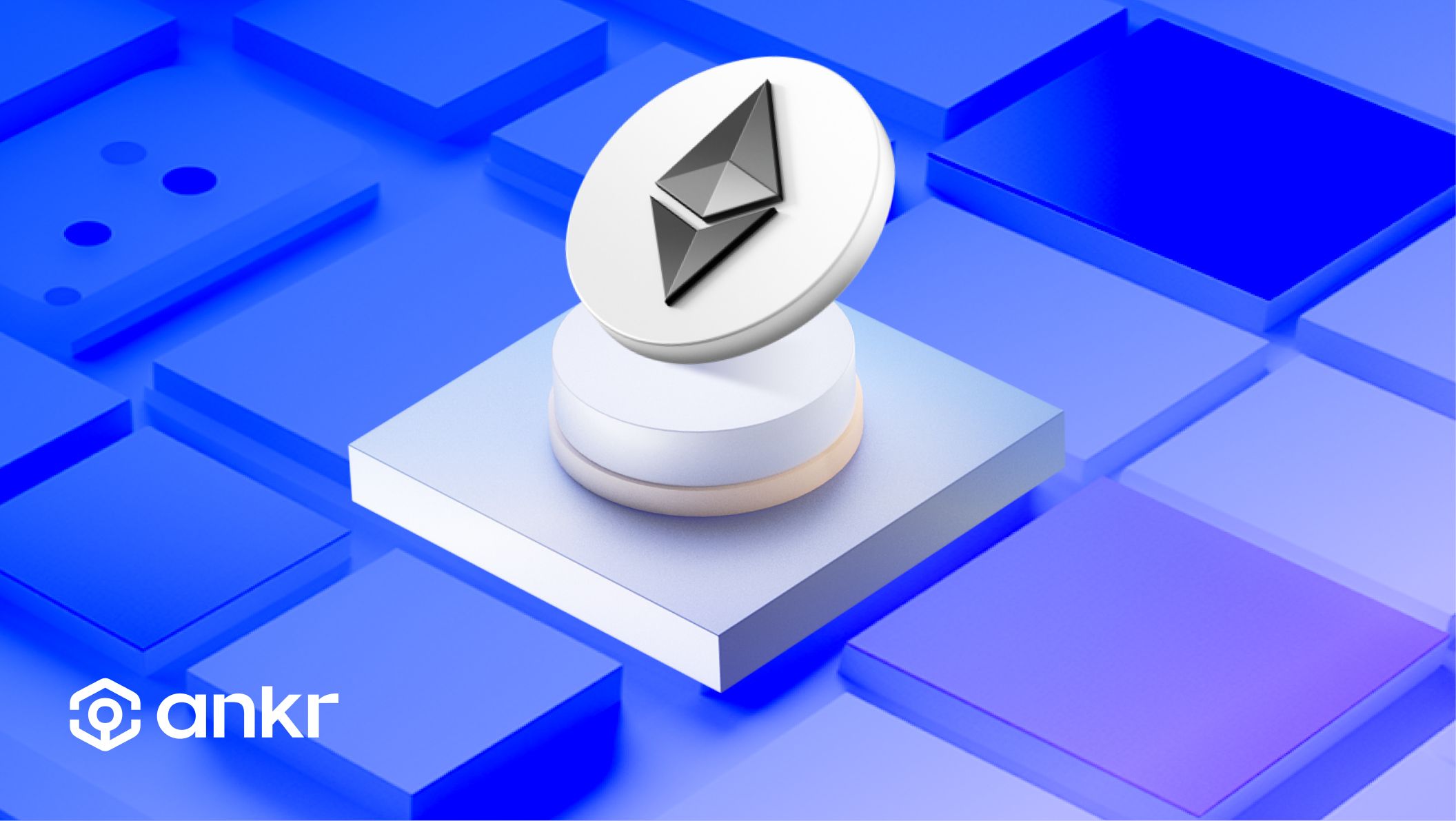
Ethereum has made big strides in driving the network forward this year as the foundation, core developers, and contributors worked to keep momentum from the Merge to Proof-of-Stake. As a part of this progress, there have been some updates to the test networks or “Testnets” that developers use to examine how their projects and decentralized applications function in a safe environment without real funds or consequences at stake.
What Are Ethereum Testnets?
Ethereum testnets are public blockchain networks that simulate the Ethereum mainnet. They are used by developers to test smart contracts, applications, and network upgrades before deploying them to the mainnet. This helps to prevent errors and ensure that everything is working as expected.
Importance of Ethereum Testnets for Developers
Ethereum testnets are essential for developers who are building on the Ethereum blockchain. They provide a safe and reliable environment to test new smart contracts, ideas, and developments without risking any funds or actions on the real Ethereum blockchain. Testnets also allow developers to get feedback from other developers and users, which can help them to improve their work before deploying it to the mainnet.
What Do Ethereum Testnets Do for Developers?
Ethereum testnets allow developers to do the following:
- Test smart contracts and applications: Developers can deploy their smart contracts and applications to testnets to see how they work under real-world conditions. This helps to identify and fix any problems before deploying the contracts and applications to the mainnet.
- Test network upgrades: Ethereum developers can use testnets to test network upgrades before deploying them to the mainnet. This helps to ensure that the upgrades are working properly and will not cause any problems for users.
- Get feedback from other developers and users: Developers can share their work on testnets with other developers and users to get feedback and suggestions. This can help them to improve their work before deploying it to the mainnet.
Common Issues Encountered on Ethereum Testnets
Here is a list of common issues developers have with Ethereum testnets and how they can work around them:
Testnet congestion and slow block times
Solution: Choose a less congested testnet, such as Goerli or Sepolia. You can also use a local testnet, but this may not be as representative of the mainnet environment.
Running out of testnet ETH
Solution: Request free ETH from a testnet faucet. There are several faucets available, including those from the official Ethereum Foundation and third-party providers.
Testnet resets and data loss
Solution: Back up your testnet data regularly. You can use a backup tool specifically designed for Ethereum testnets, or you can manually copy your data to a safe location.
Testnet compatibility issues with new Ethereum releases
Solution: Use the latest version of the Ethereum client software. You can also check the Ethereum release notes to see if there are any known compatibility issues with your testnet.
Lack of documentation and support for testnets
Solution: Consult the Ethereum testnet documentation and community forums. There are also a number of third-party resources available to help developers with testnets.
Current Ethereum Testnets
The following are the current Ethereum testnets:
Ethereum Goerli Testnet:
The Goerli testnet is a proof-of-authority (PoA) testnet that is primarily used for testing protocol upgrades and staking operations. It is also a good choice for testing smart contracts and applications, but it is important to note that the network may be less stable than other testnets. NOTE: The Goerli testnet will be retired or “deprecated in
Ethereum Sepolia Testnet:
Sepolia is a proof-of-stake (PoS) testnet that is currently the recommended testnet for smart contract and application development. It is more stable than Goerli and is also more representative of the Ethereum mainnet.
Ethereum Holešky Testnet:
The Holešky testnet is the newest Ethereum testnet. It was launched in September 2023 and is intended to replace the Goerli testnet as the primary testnet for staking, infrastructure, and protocol development. The Holešky testnet has a number of advantages over other testnets, including a larger validator set, improved tokenomics, and better stability.
Add Ankr’s Testnet Endpoints To Your MetaMask →
Historical Ethereum Testnets

Source: GitHub (“Holesovice” renamed Holešky)
The following are some of the historical Ethereum testnets:
Olympic: The Olympic testnet was launched in 2015 and was the first public Ethereum testnet. It was used to test the early versions of the Ethereum protocol and smart contract platform.
Morden: The Morden testnet was launched in 2016 and was a major improvement over the Olympic testnet. It was used to test the first versions of the Ethereum mainnet.
Ropsten: The Ropsten testnet was launched in 2016 and was one of the most popular Ethereum testnets for many years. It was used to test and deploy a wide variety of smart contracts and applications.
Kovan: The Kovan testnet was launched in 2017 and was another popular Ethereum testnet. It was used to test and deploy smart contracts and applications, as well as to test network upgrades.
Kiln: Kiln was a public Ethereum testnet that was designed to simulate the Ethereum mainnet's merge with the Beacon Chain, which was a key step in the transition to proof of stake. The Kiln testnet was successful in simulating the merge, and it provided a valuable environment for developers and node operators to test their applications and infrastructure before the merge took place.
Rinkeby: Rinkeby was a Proof-of-Authority testnet that provided efficient transactions and was a popular Ethereum testnet for development, with a host of active developers and projects using it. Rinkeby was deprecated in June 2023, and it will be shut down in Q2/Q3 2023.
Ethereum Testnets: Comparison of Features, Reliability, Use Cases
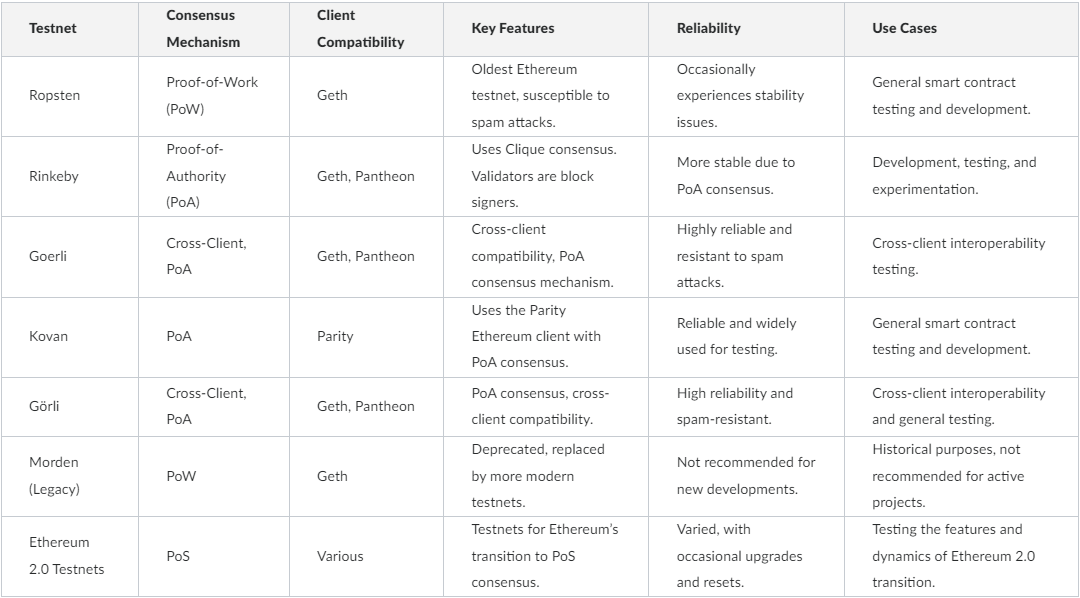
Access Free Ethereum Testnet RPC Endpoints On Ankr!
Ankr’s RPC platform grants developers instant access to Ethereum Testnet RPC endpoints. Find endpoints for Goerli, Sepolia, and Holešky that you can copy and paste right away.
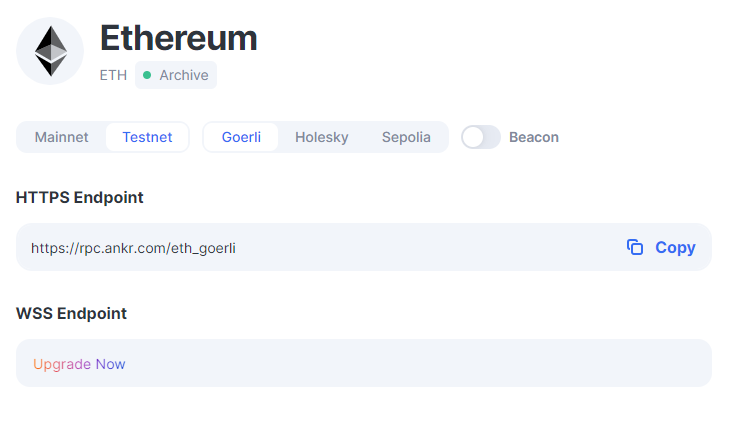
What Are Ethereum Testnet Tokens?
Ethereum testnet tokens are digital tokens that are used on Ethereum testnets. Testnet tokens are not real Ethereum tokens, and they have no real value, but are rather used to simulate real ETH during the various gas and transactions processes. However, they can be used to test smart contracts, decentralized applications (dApps), and other Ethereum-based projects.
There are a number of different Ethereum testnets, and each testnet has its own tokens. Some of the most popular Ethereum testnet tokens include:
- Goerli ETH
- Sepolia ETH
- Rinkeby ETH (deprecated)
To get Ethereum testnet tokens, you can use a testnet faucet. A faucet is a website or service that gives away free testnet tokens. Once you have some testnet tokens, you can use them to interact with Ethereum testnets in the same way that you would interact with the Ethereum mainnet.
Here are some of the things you can do with Ethereum testnet tokens:
- Deploy and test smart contracts
- Deploy and test dApps
- Test changes to the Ethereum protocol
- Benchmark your applications
- Identify and fix performance bottlenecks
- Test your applications with different wallets and browsers
- Get feedback from users
Ethereum testnet tokens are a valuable tool for developers who are building applications on the Ethereum platform. They allow developers to test their projects safely and effectively before deploying them to the mainnet.
Here are some additional benefits of using Ethereum testnet tokens:
- They are free and easy to get.
- They can be used to test a wide range of Ethereum features and functionality.
- They can help developers to identify and fix bugs before their projects are deployed to the mainnet.
- They can help developers to improve the performance and scalability of their projects.
- They can help developers to get feedback from users before their projects are launched to the public.
Final Thoughts
Ethereum testnets are essential for developers who are building on the Ethereum platform. They provide a safe and reliable environment to test new ideas and developments without risking any real funds. Testnets also allow developers to get feedback from other developers and users, which can help them to improve their work before deploying it to the mainnet. Use Ankr’s Ethereum Testnet endpoints to begin evaluating your smart contracts and projects today.
Join the Conversation on Ankr’s Channels
Twitter | Telegram Announcements | Telegram English Chat | Help Desk | Discord | YouTube | LinkedIn | Instagram | Ankr Staking
Similar articles.
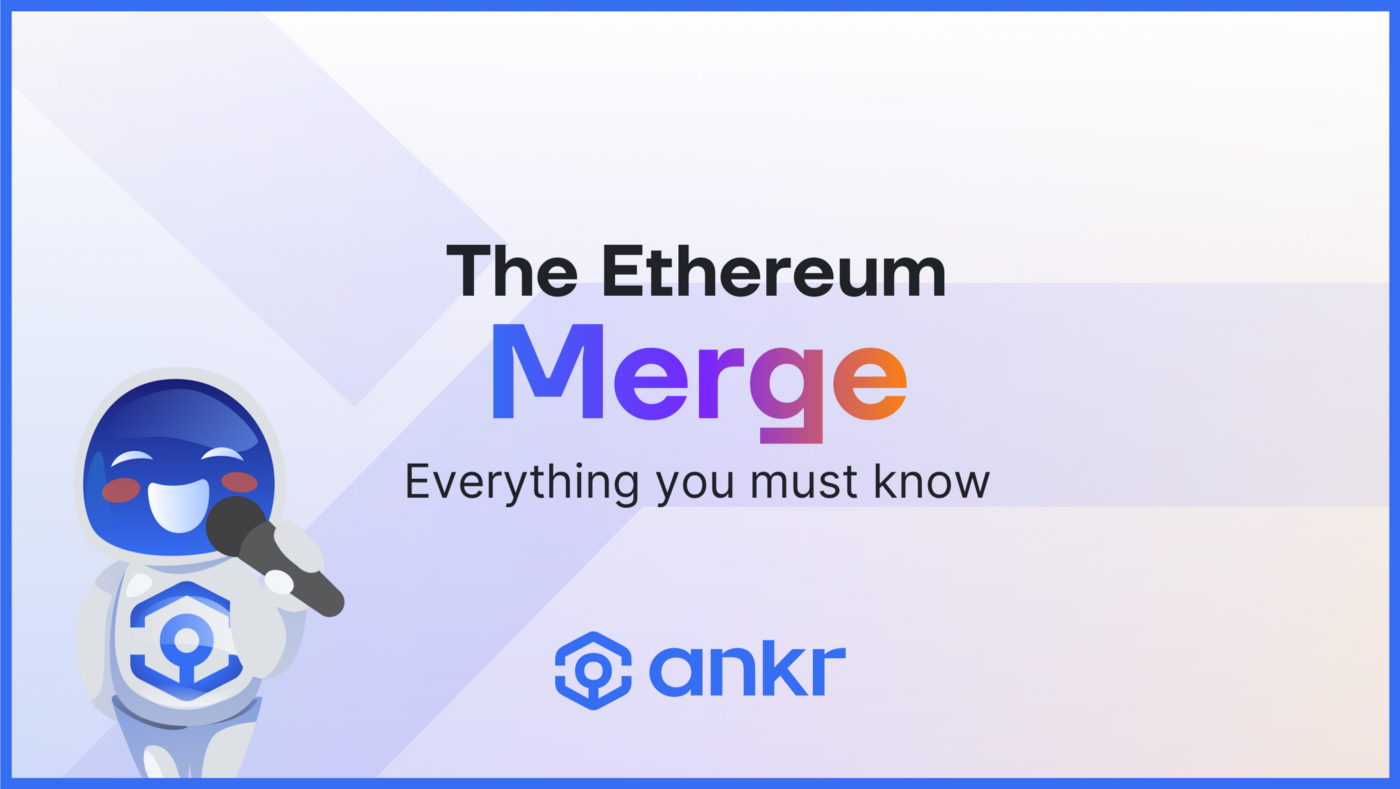
The Ethereum Merge: Everything You Must Know
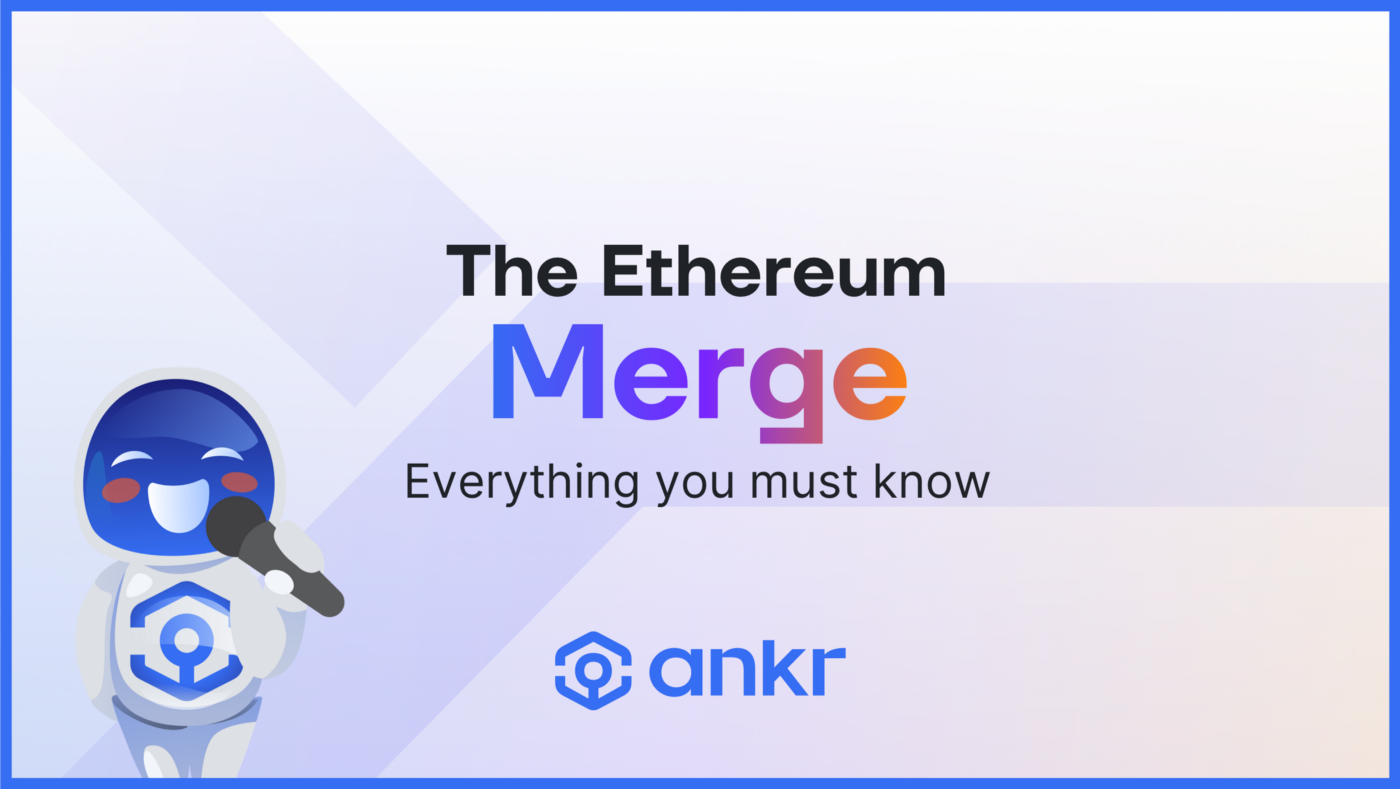
The phrase 'Merge' has sparked the imagination of many in the crypto world for quite some time. The Ethereum Merge has been on the minds...

Ethereum Unstaking Incoming: Everything You Need To Know

Kevin Dwyer
April 5, 2023

There is approximately one week remaining before Ethereum’s combined Shanghai and Capella upgrades are completed (expected April 12), and ETH staking providers are working hard...
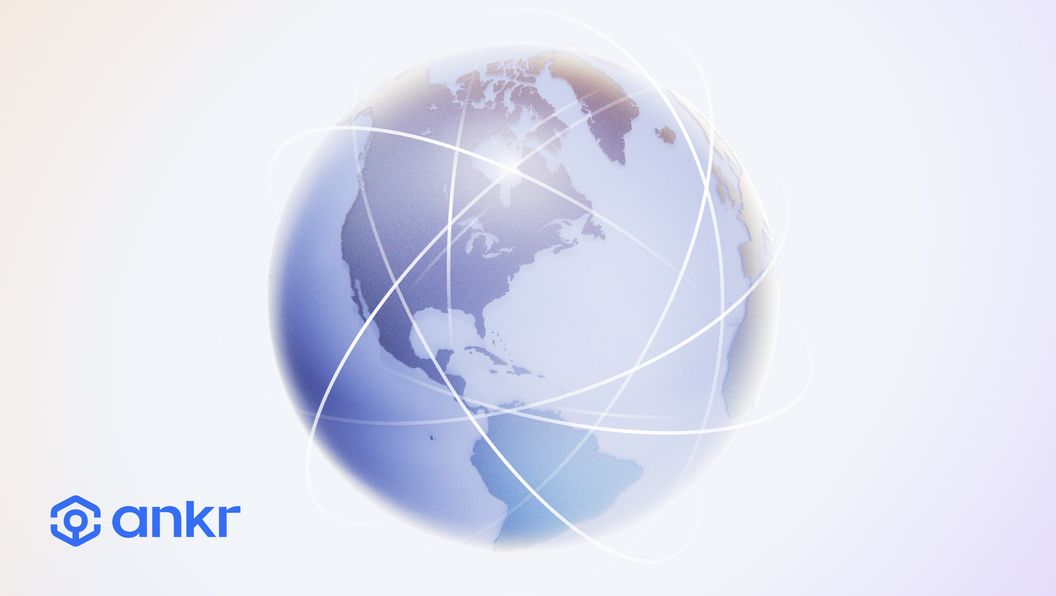
Ankr's RPC Performance Advantage: Global Bare-Metal Node Infrastructure

Kevin Dwyer
April 7, 2023

Web3 is a truly global movement that serves every country and corner of the world. The crypto industry never sleeps – and the 24/7 markets...
